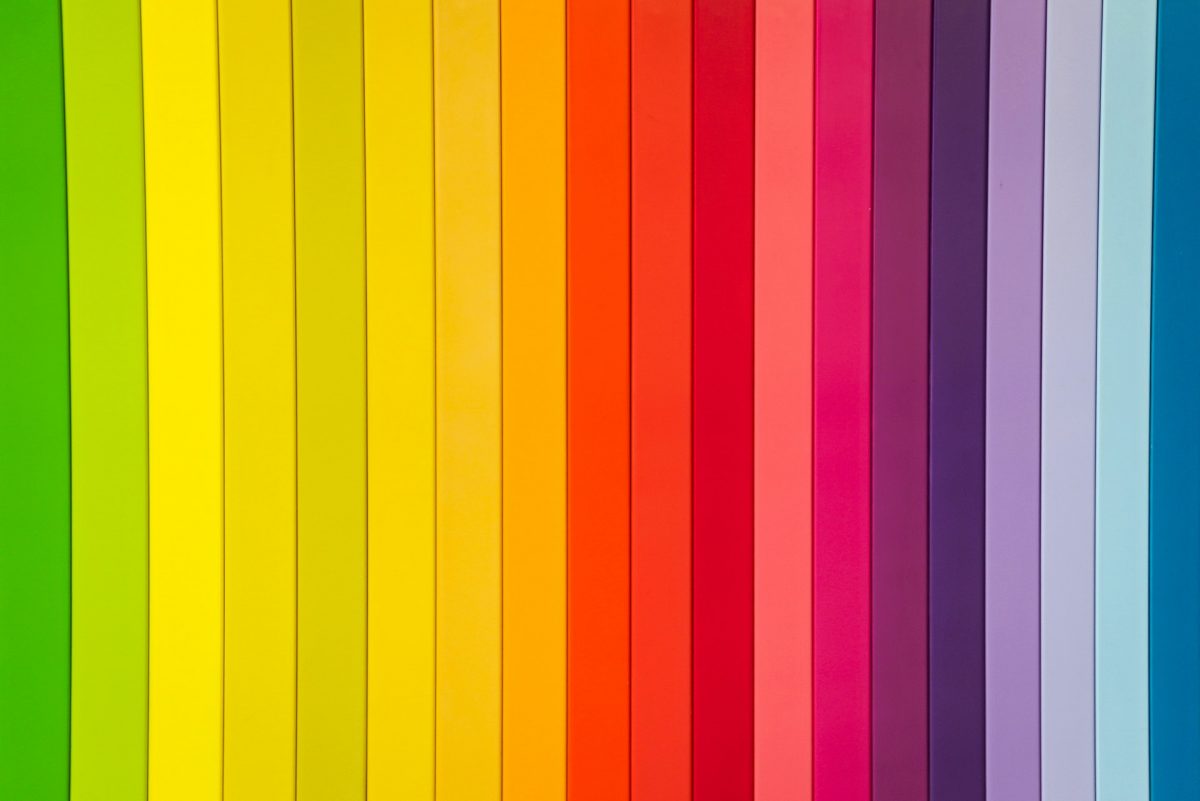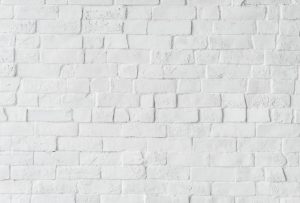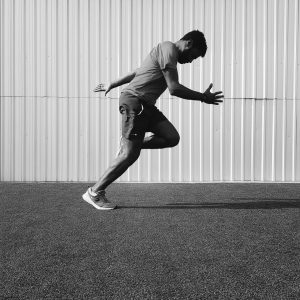
What is Colour?
It’s merely the consequence of electromagnetic waves interpreted by our eyes and brains. Yet it plays an extremely important part and we just can’t envision life without it. Colour creates feelings and moods, and it’s thanks to such attributes that homeowners and interior designers will need to use it wisely so as to create a suitable atmosphere in a specific space. Inside this guide, we’ll examine the psychological effects of colour on the mind and tips to utilise colour in home interior design concepts.
Recognizing the psychological effects of colour in a home
Shade is a part of lighting. Various colours create various moods in your house by communicating varied feelings like excitement, fire, serenity or puzzle. By understanding a colour concept in an interior layout you’ll be able to create just the ideal mood you’re searching for. It’s important to note that every colour affects different individuals differently. Several things can affect these involving age, race and culture in addition to life experiences. But, people will always react to colour-no matter what.
Generally speaking, the following colours produce the following psychology consequences in a home:
1. Psychological effects of Red
Red is the colour of passion, fire, strength and danger. This daring colour stimulates and arouses. It may be inviting and warm and may also cause you to feel energetic. Avoid using an excessive amount of red as it could be over-stimulating in a home environment.
2. Psychological effects of Orange
Individuals who adore red but aren’t that fond of its intense impact can substitute it securely with orange. This fun, lively colour is perfect for child’s room, dining area, office, as well as the living area. It symbolizes hospitality and courage. Additionally, it enables you to feel energetic, friendly and daring.
3. Psychological consequences of Yellow

An area decorated in yellow is able to seem cheerful, airy and friendly. Avoid using it in massive quantities since it could be over stimulating. Consider incorporating it through decor options like cushions and throws rather than painting a wall yellow.
4. Psychological consequences of Blue
Blue is a significant colour in interior design style and it impacts the body profoundly. There’s a reason why blue is the best colour for bedrooms. It instills a feeling of calmness and calmness and could be a very calming shade. In baths, it may be used for producing a spa for example tranquil setting. This cool, silent and booked color may also reflect formality. It’s better when paired with other lighter colors. Too much of blue may be gloomy, so use it wisely.
5. Psychological effects of Green
Green, as we all very well understand, is the colour of nature. Additionally, it symbolizes hope, fantastic fortune and prosperity. It’s a cool, friendly colour that combines nicely with a number of different colours and is often incorporated in coastal home interior style. It looks amazing with white and may be utilised in living rooms, offices and bedrooms.
6. Psychological effects of purple
Purple works really well with different colours. You can pair this up with other tones such as emerald green or perhaps mild, complementary colours like beige, mellow yellow or baby pink. It’s a perfect colour for a girls’ room. The emotional effects of purple in a household provide the room with a dignified and striking appearance. Purple, after all, is that the colour of royalty.
7. Psychological effects of Black
Black is associated with bad, death and mourning. But, it’s also the colour of intellect. Black, in interior design concept, is always utilized in tiny quantities with complementary yet contrasting colours. When used correctly, it may add depth and ageless elegance into a room. Avoid using black in massive amounts as it might seem untidy.
8. Psychological consequences of white
This new, peaceful colour can be used widely in the interior design concept where it could instil feelings of youthfulness, innocence and faith. White will help smaller distances seem big. Additionally, it may make rooms seem livelier, shinier and fresher. This is especially the case with bed sheets. Having white bed sheets psychologically makes people feel fresh.

Selecting interior design colours based on their emotional influences
It’s apparent that individuals have a tendency to feel comfy with colours which reflect their characters. By way of instance, a daring, enthusiastic person might feel happier in a reddish or orange coloured area. But a shy person might not feel comfortable in a crimson room but may feel much better in rooms with gentle blue or pale green colours. The ideal home interior stylist will pick colours for their customer’s houses that use their tastes in their personal spaces and pick adaptable colours in common areas like the living space and kitchen, that may make all of the members feel as cozy as you can. No single option will suit everyone but one has to try to utilize those colours that help match the aims of individuals. I hope this guide can help you pick your paint colours easily. Great luck to you!







